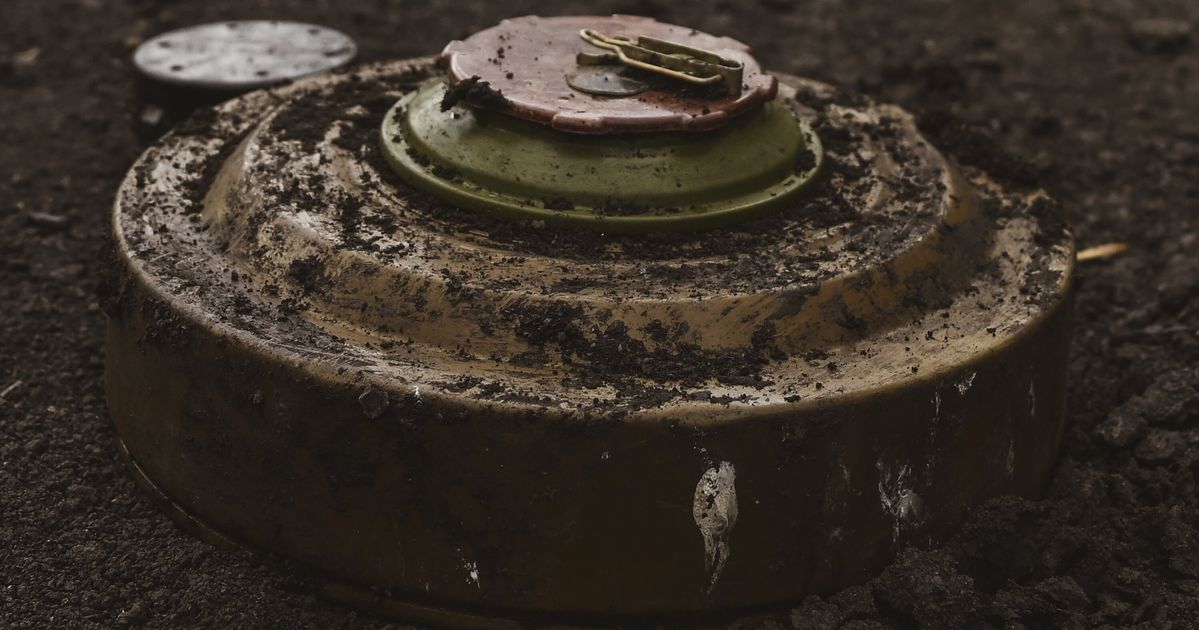Ukrainian forces are currently facing a major issue as they continue their counteroffensive in 2023: land mines. These deadly explosives, ranging from advanced types that can detect movement to older, simpler weapons, are scattered across roads, fields, and devastated cities throughout the country. The extent of mine contamination in Ukraine is unprecedented in the 21st century, with potentially hundreds of thousands of mines posing a threat to both military personnel and civilians.
To gain insight into this crisis, Reuters interviewed several demining organizations and military experts, while also examining technical surveys conducted by mine-clearance groups. However, due to the ongoing conflict, it has been difficult to determine the full extent of the contamination. Mark Hiznay, associate arms director at Human Rights Watch, states that Ukraine would fall into the largest category of mine contamination.
Land mines have proven to be a significant obstacle for Ukrainian forces, impeding their progress and disabling armored vehicles. Clearing minefields requires extensive combat engineering efforts, which even the best-equipped militaries struggle with. Ukrainian forces must proceed cautiously, first targeting Russian artillery and other fire support before creating assault lanes using mine-clearing line charges and armored vehicles with plows.
It is worth noting that military and humanitarian demining organizations employ different methods for mine decontamination. Therefore, even after Ukrainian forces clear minefields and reclaim territory, the risk to civilians persists, potentially lasting for decades. Communities continue to interact with these mines daily, as their livelihoods often depend on it. The choice between risking encountering an explosive device or refraining from planting or harvesting crops is an agonizing one.
One of the most commonly found mines in the Ukraine war is the PFM-1 anti-personnel mine, commonly referred to as a butterfly mine. It is small and lightweight, with a plastic body about the size of a paperback book. Although it contains a relatively small amount of explosives, it is designed to maim and injure rather than create a large blast. Its unique shape and size make it difficult to detect, and civilians can easily mistake it for harmless objects.
Another type of mine, the POM-3 anti-personnel mine, does not require contact to detonate. Distributed by aircraft, rockets, and artillery, it inserts a small probe into the ground. When the probe detects vibrations, such as footsteps, it launches the main mine into the air, detonating its explosive payload and projecting deadly metal fragments. These mines are highly dangerous and typically need to be disabled from a distance.
Anti-vehicle mines also pose a significant threat in Ukraine, with the TM-62 series being one of the most widespread types. They can be placed on the surface or buried in shallow holes and contain substantial amounts of explosives. These mines are designed to blast through the belly armor of vehicles. Furthermore, the German-designed PARM mine, received by the Ukrainian military in 2022, is specifically concealed in areas where enemy vehicles are likely to pass. When triggered, it fires a high-velocity rocket capable of penetrating a vehicle’s armor.
Currently, there are at least 12 types of anti-personnel mines and nine types of anti-vehicle mines documented in use in Ukraine. Humanitarian demining organizations have discovered around 10 new types of modern mines, including the POM-3 and PARM series.
The Ukraine war stands out due to the involvement of a developed nation superpower, Russia, using land mines on an industrial scale. The last time a nation of comparable power employed land mines to this extent was in the Soviet Union’s invasion of Afghanistan four decades ago.
Militaries typically plan and map out their own minefields, making humanitarian demining operations more manageable. However, along Ukraine’s line of contact, which stretches thousands of kilometers through the country’s east, the number of minefields remains indeterminate. It has been suggested that the Russian military’s activities have created a scale of mine contamination similar to the depths of the Iraqi defensive zones breached by the US Army during the 1991 Gulf War.
In areas that Ukraine has recaptured, the level of mine contamination has been better understood. Formerly occupied towns in various oblasts were left with a large number of mines, particularly anti-personnel mines, posing ongoing risks to the population. Forests, for example, remain off-limits during mushroom season due to the presence of mines.
Ultimately, the mine crisis in Ukraine presents an enormous challenge for the country’s military and civilians. The extent and complexity of the mine contamination require continuous efforts in demining, ensuring the safety of the population and facilitating the country’s recovery and reconstruction.
Denial of responsibility! VigourTimes is an automatic aggregator of Global media. In each content, the hyperlink to the primary source is specified. All trademarks belong to their rightful owners, and all materials to their authors. For any complaint, please reach us at – [email protected]. We will take necessary action within 24 hours.


